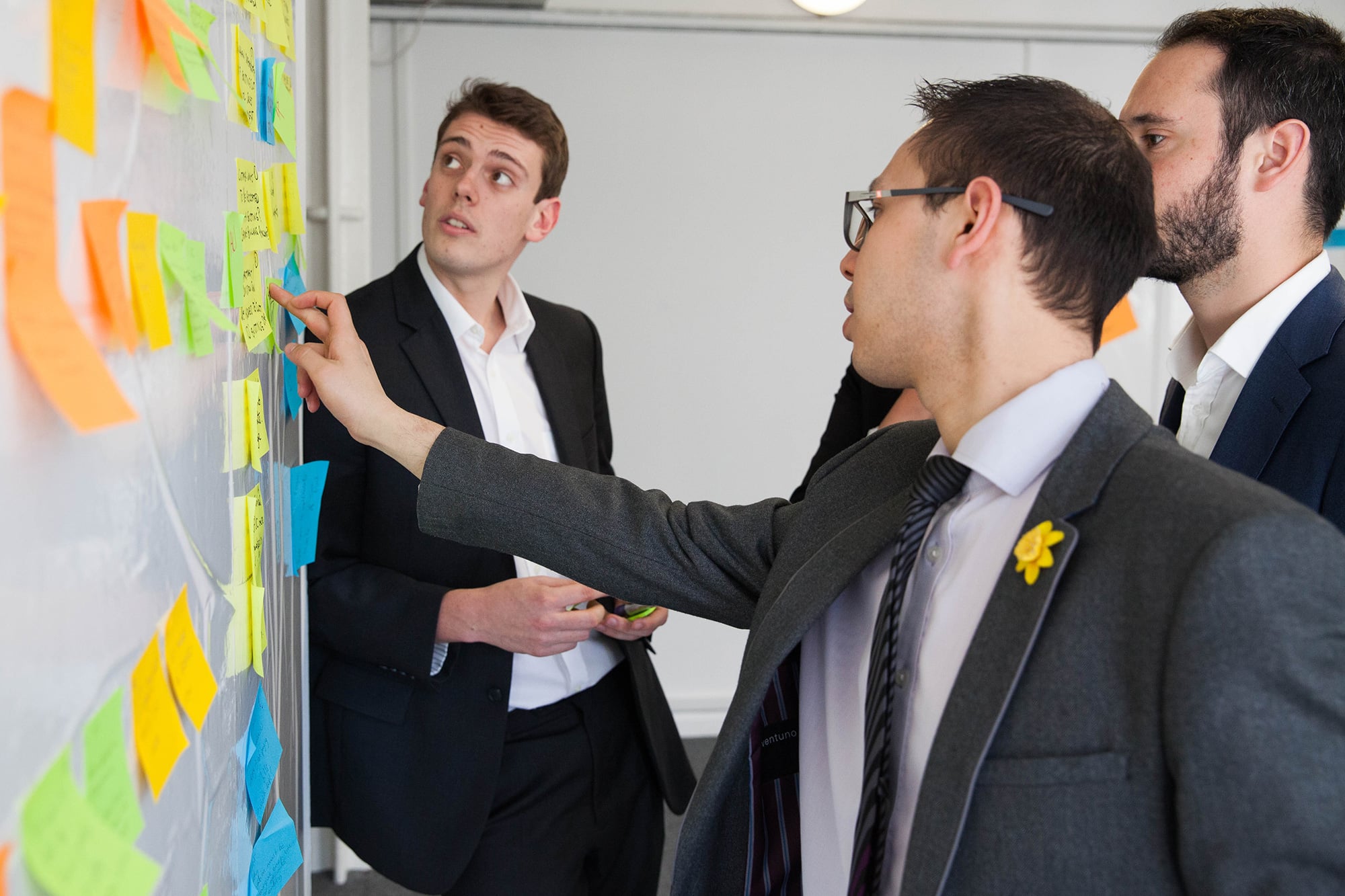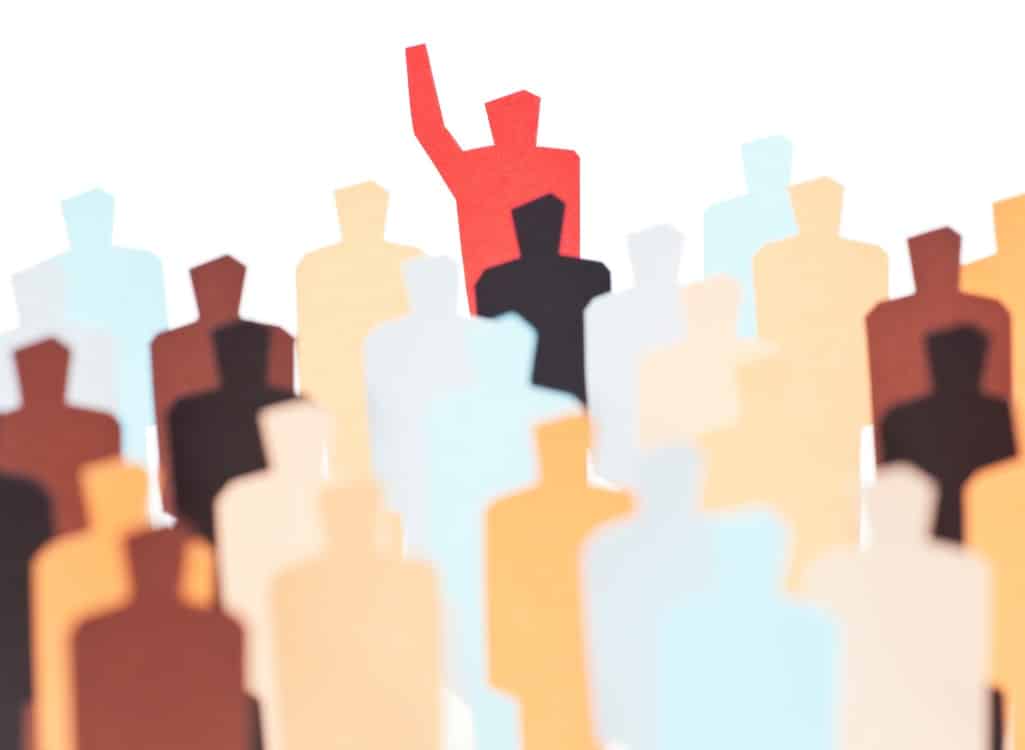The Coronavirus pandemic has presented businesses with numerous challenges.
Embracing an agile culture: a key to survival
Embracing an agile culture: a key to survival
The Coronavirus pandemic has presented businesses with numerous challenges.

The Coronavirus pandemic has presented businesses with numerous challenges. To continue, many organisations had to quickly adopt agile principles. Being collaborative, reactive to change, and iterative became essential survival skills in our new remote and virtual world.
Now, as we very slowly emerge from the crisis, we could be forgiven for wanting to go back to some of our old ways – ones that have served us well in the past.
But having helped many businesses survive the last year by introducing new technology, ways of working, and responses to the crisis, we have also spent time embedding an agile mindset within our clients’ businesses. We have done this because there is a difference between just adopting agile principles during change and truly embracing an agile culture so that it serves us well in the future.
So, what does an agile mindset look like in action?

Gabriela: an architect’s view
Gabriela is an architect working remotely on a lead to cash transformation programme in an organisation with a large and complex system landscape. She’s concerned about the many system integrations needed and, though the programme has adopted Scrum, she needs to make several upfront technical decisions crucial to the success of the programme before the development team can begin its work.
Due to COVID-19, the office is closed meaning Gabriela and her team are confined by remote working making collaboration difficult.
Let’s look at how the agile mindset changes Gabriela’s approach to this tricky task.
Adopting agile principles
Gabriela locks herself away for a month researching the latest and greatest in CRM and integration technology. She returns a month later to present her recommendations to the team, including business stakeholders, developers, and business analysts, over video conference.
It emerges that some of the business stakeholders hadn’t fully explained their constraints, particularly due to the COVID-related reduction in revenue and budgets. Sign-off is delayed and this new information sends Gabriela back to the drawing board. She needs to run several additional virtual ‘deep dive’ sessions.
Embracing an agile culture
Gabriela wants to share her ideas with the team as soon as possible so she documents her assumptions and runs a short session to verify them with her colleagues. She collects feedback and makes some small but significant changes.
Gabriela spends the next week drawing up a ‘straw man approach’ and holds virtual workshops with the team. At this point, she receives further information around coronavirus and business constraints that she hadn’t previously considered. This results in a much clearer view of what functionality the future state architecture must deliver, and which parts are necessary, as opposed to which parts are just ‘nice to have’ or could be delivered in a later iteration once budget becomes available.
A couple of days before the official sign-off conference call, Gabriela sends the latest version of the architecture to the wider team and invites members to study it before the session. She includes information about how the design impacts the rest of the team and the customer, making it easier for business users to understand and review.
The sign-off session is quick and painless with just a couple of minor tweaks.
Benefits of being agile:
- The final design sign-off is quicker
- The team buys into the architectural vision and members have a much deeper understanding of it. Further down the line, this will lead to less rework of the technical deliverables
- Final architecture has been more thoroughly ‘tested’ and meets the business needs better
- Continuous improvement of the team and organisation
What does it mean to have an agile mindset?
Adopting an agile mindset means taking an iterative approach and accepting constant change. It also enables businesses to adapt, in both reactive and proactive ways, to change. By testing early and discovering that something doesn’t work, positive steps are made; under the agile mindset approach above, Gabriela discovered new information early on and changed her recommendations.
But an agile mindset only happens when it is weaved into the fabric of an organisation, its processes, systems, and culture, not just in response to a moment in time. When agile becomes part and parcel of an organisation, it can respond to any new situation. And one of the many things Covid has taught us is that the ability to adapt quickly can make all the difference.
This post was originally written by: Nicholas Ward

